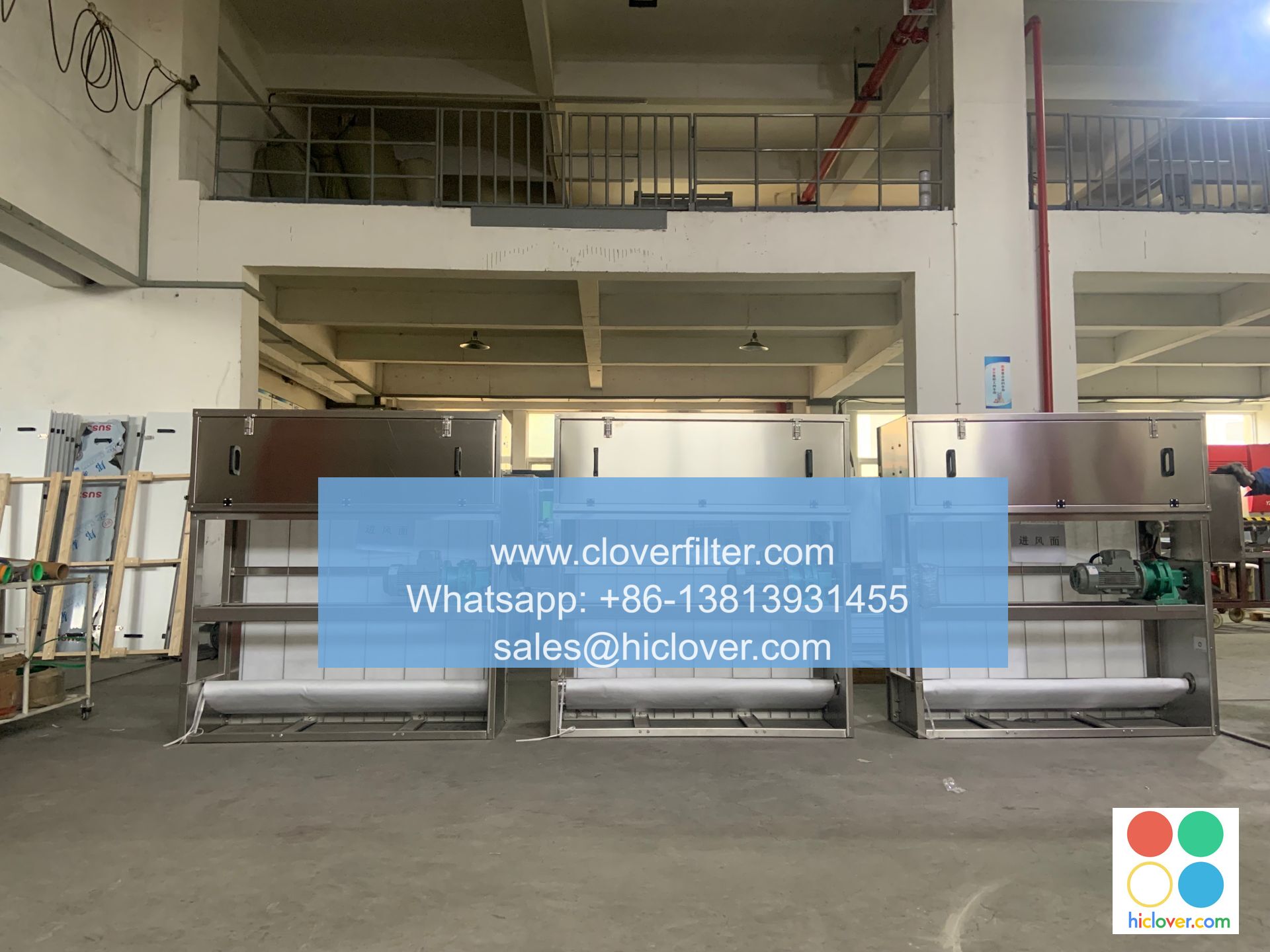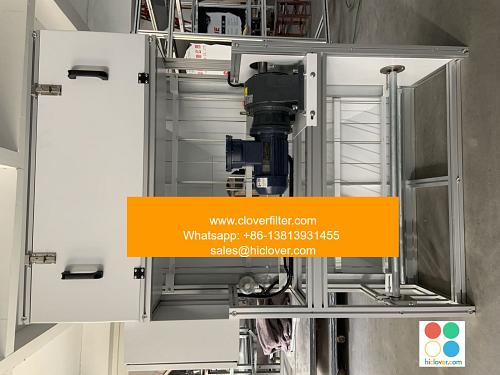Understanding the Different Types of Pleated Air Filters

Understanding the Different Types of Pleated Air Filters: A Guide to Choosing the Right One for Your Needs
Introduction
When it comes to air filtration, there are many options to choose from, but one of the most effective and popular types is the pleated air filter. Pleated filters are designed to capture a high percentage of airborne particles, from large dust particles to small dust particles and even bacteria. With so many options out there, it can be overwhelming to choose the right one for your specific needs. In this article, we’ll explore the different types of pleated air filters and their applications, so you can make an informed decision.
Standard Pleated Air Filters
Standard pleated air filters are the most common type and are designed for general-purpose use. They are made from a single layer of pleated material, usually made of synthetic fibers, and are effective at capturing 80-90% of particles as small as 3-10 microns.
Applications:
- Residential air conditioning and heating systems
- Commercial buildings for general ventilation and air cleaning
- Industrial settings for general air cleaning and dust control
- Hospitals and healthcare facilities for patient care and medical air quality
- Laboratories and cleanrooms for sensitive equipment and research
- Data centers and server rooms for high-security and high-reliability operations
- Residential homes with pets or smokers for odor reduction
- Commercial buildings for odor control and fresh air
- Industrial settings for industrial process air cleaning and odor reduction
- High-efficiency data centers and server rooms
- Laboratories and cleanrooms with high demands for air purity
- Health care facilities for patient care and air quality
- Standard pleated filters are suitable for general-purpose use
- High-efficiency filters are ideal for areas where high air quality is crucial, such as healthcare facilities
- Activated carbon filters are designed to capture gases and odors
- Electrostatic filters are highly effective at capturing small particles and are suitable for high-efficiency applications
High-Efficiency Pleated Air Filters
High-efficiency pleated air filters are designed to capture 95-99% of particles as small as 1-3 microns. They have a higher MERV rating (minimum efficiency reporting value) and are often used in healthcare facilities, laboratories, and cleanrooms where high air quality is crucial.
Applications:
Activated Carbon Pleated Air Filters
Activated carbon pleated air filters are designed to capture gases, odors, and chemicals, in addition to particles. They have a higher MERV rating and are often used in residential and commercial applications where strong odors and gas emissions are a concern.
Applications:
Electrostatic Pleated Air Filters
Electrostatic pleated air filters use electrostatic charges to attract and capture pollutants, rather than traditional fibers. They are highly effective at capturing small particles and are often used in high-efficiency applications.
Applications:
Conclusion
In conclusion, there are many types of pleated air filters designed for various applications, each with its own strengths and weaknesses. By understanding the different types, you can choose the right one for your specific needs, ensuring optimal air quality and system performance.
Key Takeaways:
Remember to always check the MERV rating, filter size, and filter material when selecting a pleated air filter to ensure it meets your specific needs.
It looks like you’re ready to start a conversation! What would you like to talk about? Do you have a specific topic in mind, or are you open to exploring different topics? I’m here to listen and chat!


